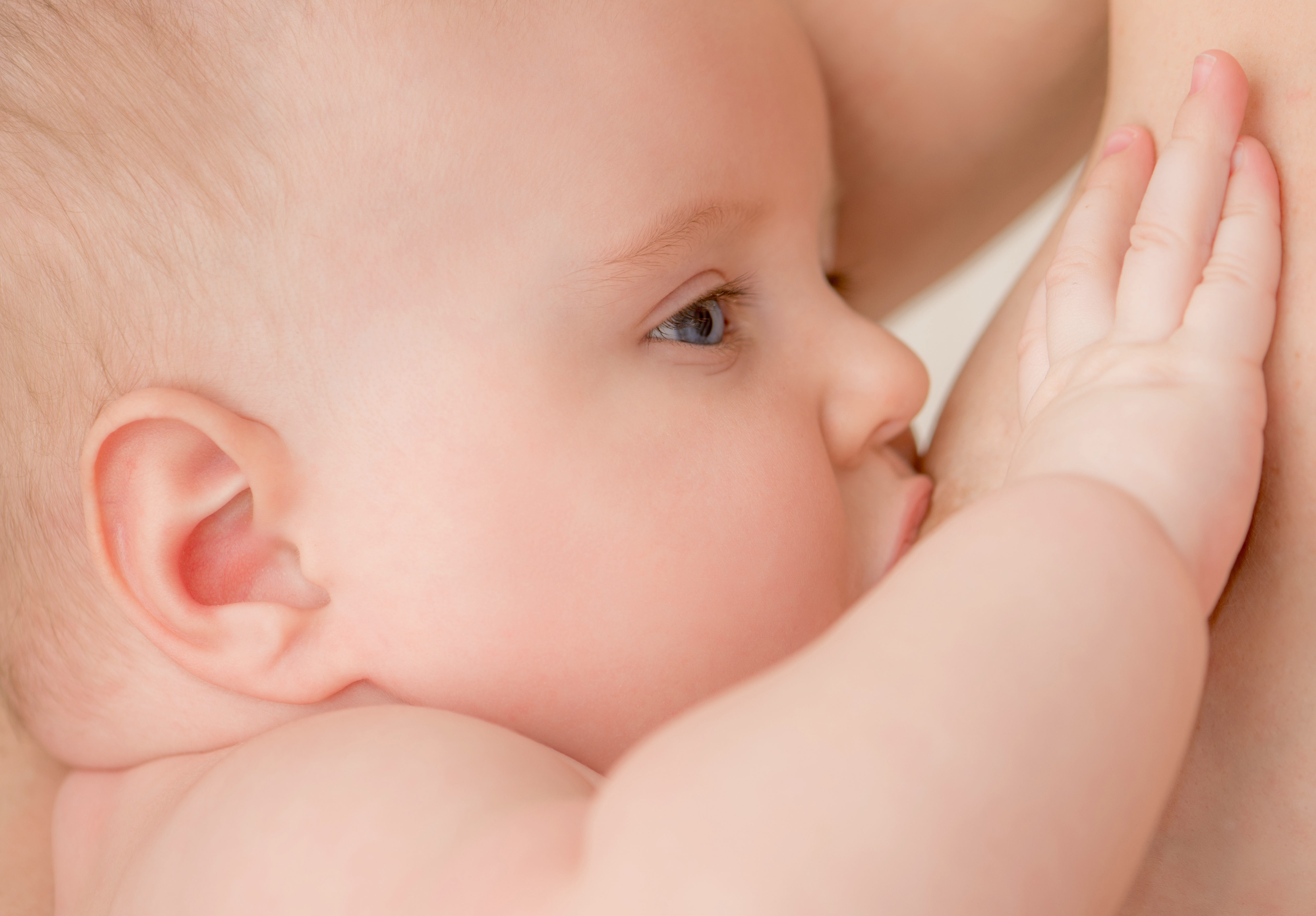Nipple Care and Breastfeeding
 The more intimidating aspects of breastfeeding have a lot to do with the foreign nature of it; it’s not like most of us are used to having someone latched onto our nipples so frequently! After the birth of your baby, there will be days where it seems you’ve spent more time with a baby on your breast than doing anything else. The whole experience may seem strange and maybe even a bit scary, but when you remember that nourishing our babies is what we were made to do, it can seem a lot loss daunting.
The more intimidating aspects of breastfeeding have a lot to do with the foreign nature of it; it’s not like most of us are used to having someone latched onto our nipples so frequently! After the birth of your baby, there will be days where it seems you’ve spent more time with a baby on your breast than doing anything else. The whole experience may seem strange and maybe even a bit scary, but when you remember that nourishing our babies is what we were made to do, it can seem a lot loss daunting.
While pregnant, your nipples will go through many changes in shape, color, and especially size as your breasts get heavier and circulation to your milk ducts increases. These changes may inspire some very normal questions on caring for this very important part of your body. What aspect of nipple care has you curious?
Do I have to “prepare” my nipples for breastfeeding?
When I had my first baby, during a time that feels as though it were eons ago, I was shocked to hear how many women brought up “preparing” my nipples for nursing. They spoke with that condescending voice of a mother advising their teenage daughter. “You know you’ll have to prepare your nipples, don’t you?”
Strong willed as I’ve always been, I rejected this idea outright (to their faces) yet went home to google up a storm. Here’s what I learned: roughing up your nipples used to be a thing. Women would take a towel or wash cloth and scrub at their breasts as though this extra discomfort would make breastfeeding more enjoyable later on. This practice, thank goodness, is no longer recommended. During my research, I found that this practice of preparing your nipples serves only to remove protective substances from your breasts. Instead, leave them alone or wash them with a gentle body cleanser.
What’s the best way to prevent nipple injury while breastfeeding?
This old way of “preparing” our nipples from damage was a theory about building up resistance to sore nipples while nursing out newborns. What we know now is that there are better ways to prevent injury during those first few weeks of nursing and beyond. The best way to prevent nipple injury is practicing proper positioning and paying close attention to latching our babies onto our breasts.
You’ll know that your latch may lead to injury if it’s hurting when your baby goes to breast. If this is occurring, it’s likely that your baby just isn’t getting a big enough mouthful of the breast. To ensure that your baby is latching properly, position him or her in a manner that allow for a wide open mouth. Imagine eating a sandwich that’s stuffed full of yummy stuff. The best way to take a bite it to tilt your head upward with the sandwich above you and then take a bite. Attempt the same concept with you infant.
Another trick to getting your baby to latch properly is tickling their chin and waiting for them to open wide, then inserting you breast as you hold it in a “C- hold” between your thumb and forefinger.
Should I use creams?
There are hundreds of nipple creams available on the market and they all make the same claims of soothing sore nipples. But are they safe? Worth it? Well, it depends.
We tend to suggest using creams once your nipples have shown signs of injury such as redness or soreness. It may be that you’ll never need creams and therefore won’t need to waste your money! Still, if you are looking for something, you’ll certainly come across lanolin. Lanolin is likely the most often seen cream. It’s effective in soothing sore nipples and protecting from further damage. The downside? It’s made from oil made by sheep’s glands and is nearly impossible to get organically, as it’s loaded with pesticides.
Luckily, the last few years has seen a boom in nipple cream options including Green Goo Nursing Cream. These creams keep your nipples supple and provide an optimal moist healing environment for sore, cracked, or even bleeding nipples. They offer relief from discomfort while you and your baby sort out your latch.
How do I heal from cracked nipples?
Practice, practice, practice. The best way to heal is to ensure your baby is latching on properly so that you can stop any further damage. Drink plenty of water, use creams if you find them soothing, and wear soft cotton clothing. Avoid tight fitting bras that may rub uncomfortably against your injured bits.
Some women find “airing” out their breasts helps with healing as does expressing a little milk or colostrum and letting the secretions dry on their injured nipples. Breast milk, as you will likely already know, has plenty of healing properties that may speed up healing.
Do I need to wash or take special care of them in the shower?
Nipple care in the shower is easy! Avoid scrubbing at them and instead wash with a gentle body wash. Rinse yourself thoroughly and pat dry after the shower. That’s it!
Still struggling? Check to see if you or your baby are continuing to have latch issues or if you’ve developed thrush. Remember, you can always comment with questions below, and, when all else fails, contact your local lactation consultant.
